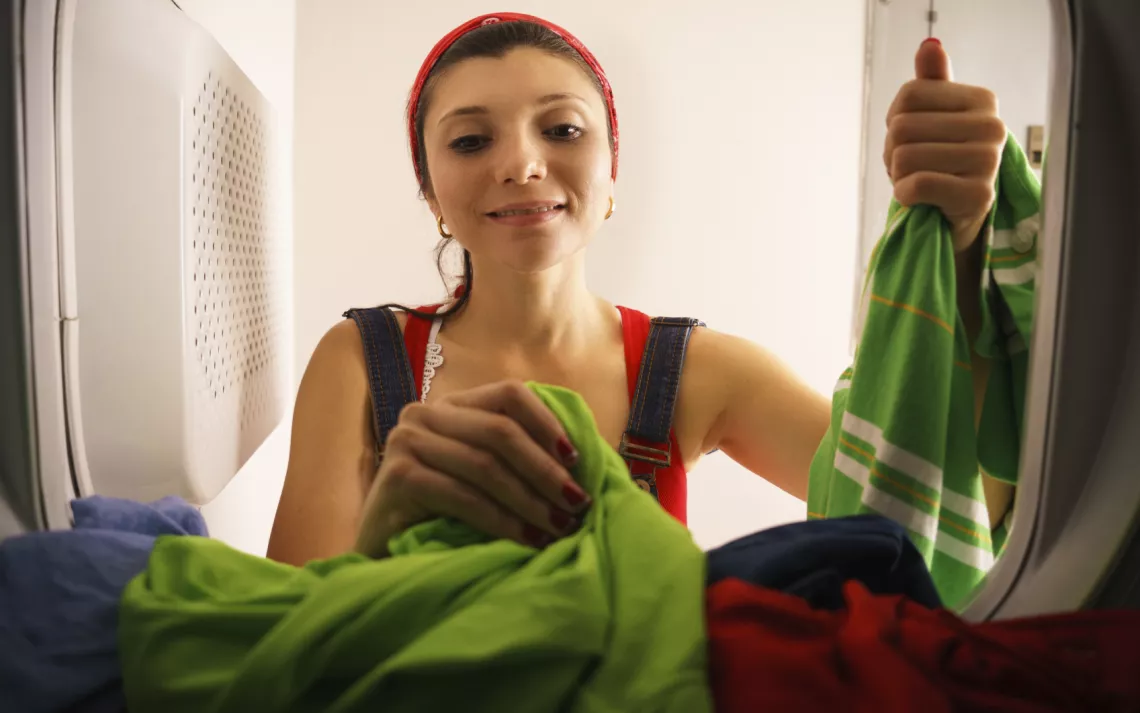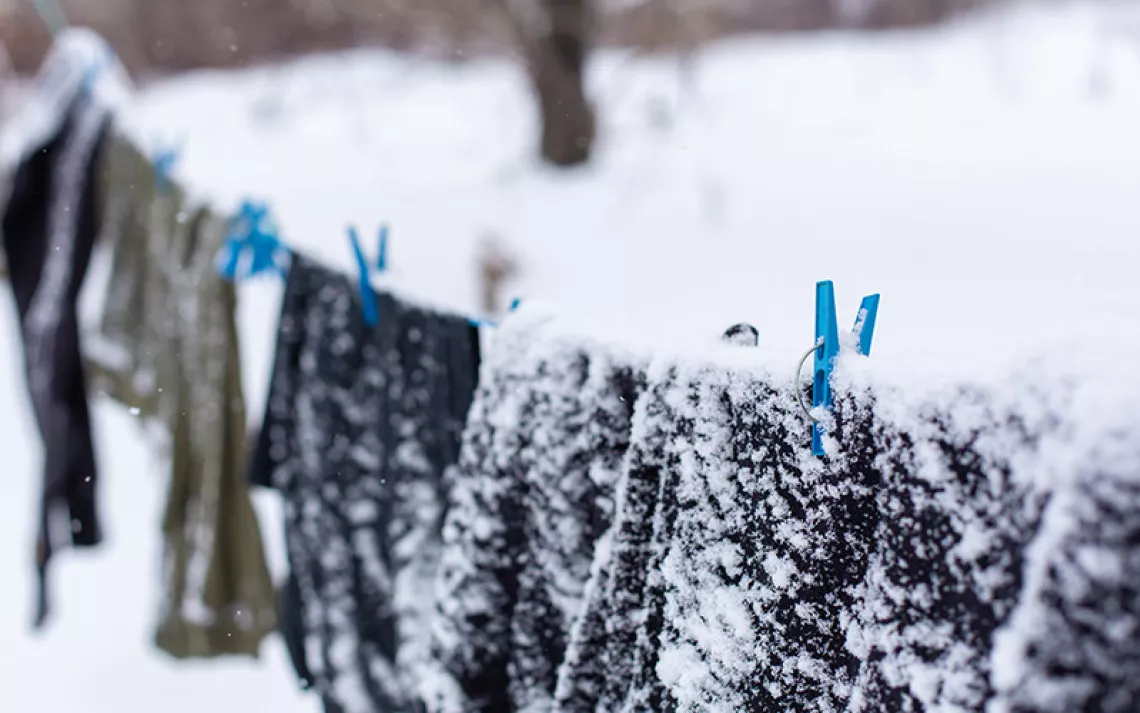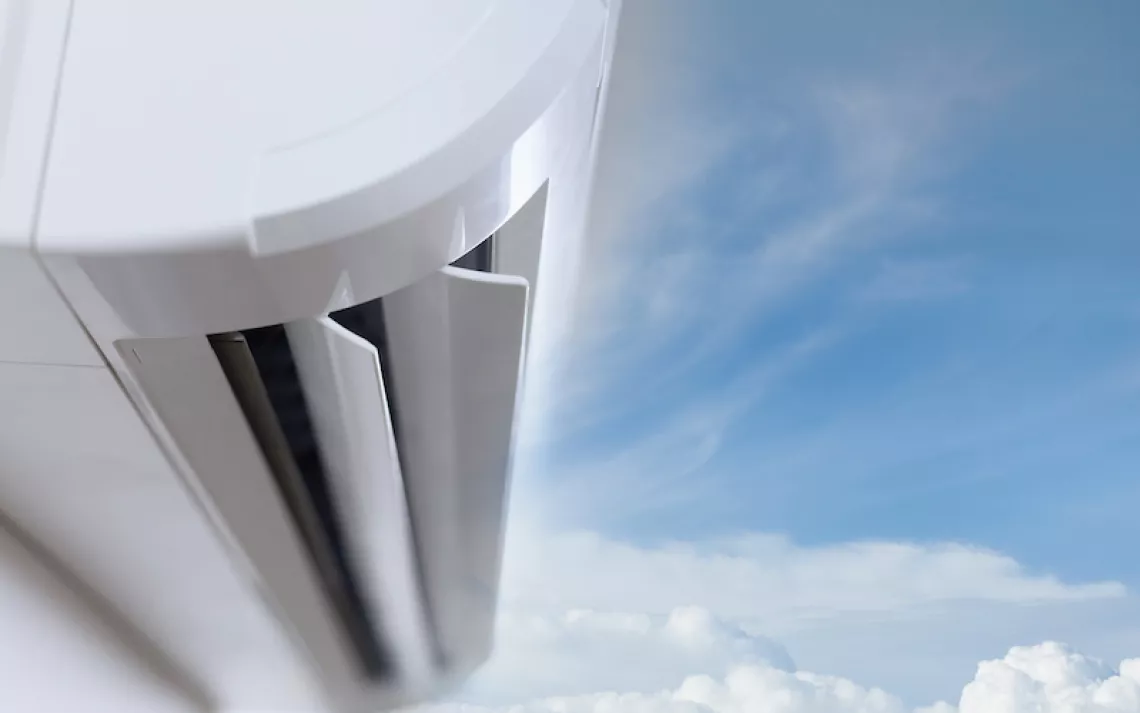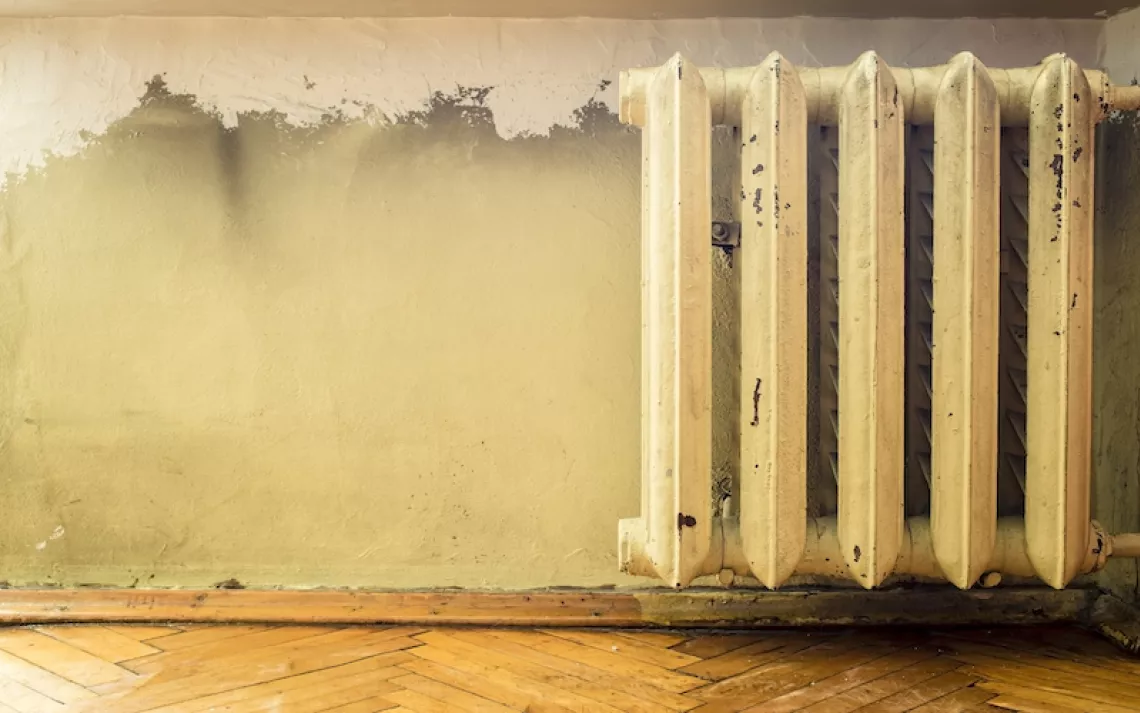Hey Mr. Green, What's the Greenest Way to Use My Clothes Dryer?

Photo by Diego_Cervo/iStock
Hey Mr. Green,
Does it use more energy to use a clothes dryer on a higher temperature for shorter duration or lower temperature for longer duration?
—Tammy, in Bend, Oregon
Dryers are a bit like romantic relationships: A lower temperature for a longer time is more efficient than a hotter temperature for a shorter time, according to a study done for the American Council for an Energy Efficient Economy.
Dryers are estimated to use around 6 percent of all residential electricity, not a negligible amount. But it wasn’t until just this January, spurred by studies like the one cited above, that the EPA finally set standards for dryers. It had been wrongly assumed that all dryers were created equal. Finally, new Energy Star–certified models that require 20 percent less energy than older ones are now available. You can find a listing of them here. If all dryers met the new standard, we’d keep some 11,000,000 tons of global warming gases out of our air while saving $1.5 billion each year, says the EPA.
Going solar: The most efficient clothes dryer is, of course, solar, in the form of a simple clothesline or clothes rack. Alas, there are still many places where clotheslines are banned by condos, neighborhood associations, or rental property owners. But take heart: The “Right to Dry” movement is gaining ground while it clears the air: Thus far, 19 states, from Arizona to Wisconsin, have made these pointless, shadow-nanny-state bans illegal.
Now if you absolutely must use a dryer, here are some more tips to make it more efficient, courtesy of the California Energy Commission:
1. Dry full loads instead of partial loads (but don’t overload).
2. Dry two or more loads in a row, taking advantage of the dryer’s retained heat.
3. Use a “less dry” setting instead of a “normal” or “more dry.”
4. Separate clothes and dry similar kinds together. (Lightweight synthetics dry much faster than bath towels and natural-fiber clothes.)
5. Keep the lint filter clean to improve air circulation.
6. Scrub the lint filter regularly if you use dryer sheets. Dryer sheets can leave a film on the filter that cuts air flow and can eventually affect the performance of the motor. Scrub it with a toothbrush to scrub it clean once a month.
And finally, if possible
7. Place the dryer in a heated space, if possible, not in a dank basement or your wine cellar.
8. If you vent the exhaust outside, use the straightest and shortest metal duct you can. (Flexible plastic duct can slow the air flow.) --Bob Schildgen
 The Magazine of The Sierra Club
The Magazine of The Sierra Club



